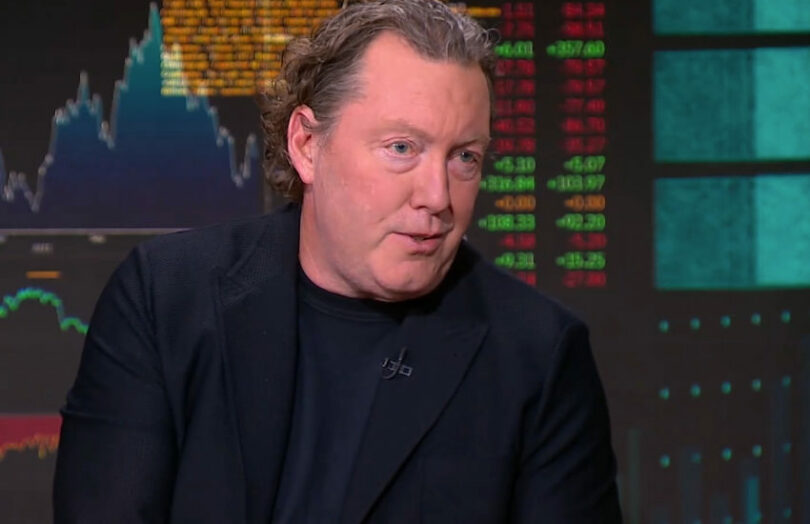Mike Cagney, CEO of blockchain firm Figure Technologies, said the company plans to launch Figure Markets as a multi-asset exchange. While the goal is to build a decentralized exchange (DEX), he aims to go live in April, starting with crypto and decentralized custody.
Figure Technologies has raised hundreds of millions in equity funding, founded the Provenance blockchain, and extended more than $6 billion in home equity loans. Figure founded the lending business to demonstrate blockchain’s utility and advantages and will likely spin it off in an IPO.
One of its subsidiaries holds an alternative trading system (ATS) license, which it can leverage for its exchange.
Given the FTX bankruptcy, Cagney is surprised at the continued dominance of centralized crypto exchanges. “We think it’s a long time coming for a decentralized custody exchange construct, where you don’t have exposure to the exchange operator,” he told Bloomberg.
While one or two centralized exchanges have started to offer self custody, Figure will launch a multi party computation (MPC) wallet, which effectively spreads the private key fragments across several entities. A few years ago, ING collaborated with several banks to develop a similar decentralized custody solution, Pyctor, which it sold to GMEX.
Cross collateralization between crypto, traditional assets
One of blockchain’s biggest promises relates to collateral. It will enable collateral mobility: an investor can use assets locked in one venue as collateral in another. It will also support a lot of mixing between different types of assets.
Cagney told Bloomberg he sees “enormous opportunity for this, particularly around cross collateralization. The idea of being able to put up Bitcoin as collateral to trade Tesla – there’s a huge appeal to that. So by delivering cross collateralization we think we’re opening up a significant opportunity to support not just crypto, not just fixed income, but even public equity on a common platform.”
The Figure Markets CEX and DEX
The Provenance blockchain is based on Cosmos, which offers some advantages for exchanges because of its interoperability credentials. It makes it possible to natively trade tokens minted on other blockchains.
Most DEXs trade tokens that are native to their own blockchain. Tokens minted on other blockchains must be wrapped, introducing centralization and significant risks. Osmosis, another DEX based on Cosmos, trades ‘foreign’ tokens such as ETH and AVAX natively but wrapped versions of Bitcoin. The Ethereum Osmosis bridge is a generic one that is available to all Cosmos chains. In other words, any native Ethereum token could be included in a Figure Markets DEX. However, we think that’s unlikely.
There’s a good chance Figure will initially support trading of ETH and Bitcoin because most other cryptocurrencies are considered unregistered securities by the SEC. This is the path taken by institutional exchange EDX markets backed by Citadel Securities and Schwab.
However, based on a thread on X, Figure Markets might initially launch a centralized exchange (with decentralized custody) followed by a DEX. Cagney asked his X followers whether they preferred a centralized limit order book (LOB) with higher liquidity to a decentralized one. Most responses preferred liquidity. Slow blockchain speeds make a central order book more practical for high frequency traders, attracting more liquidity. Prices are likely to be the same owing to arbitrage.
One person on X suggested defaulting the user interface to the centralized exchange, with the option of decentralized. Cagney confirmed this is the likely path.
Unlike other DEXs, traders will likely need to comply with KYC. After all, Figure Markets has an ATS license.






